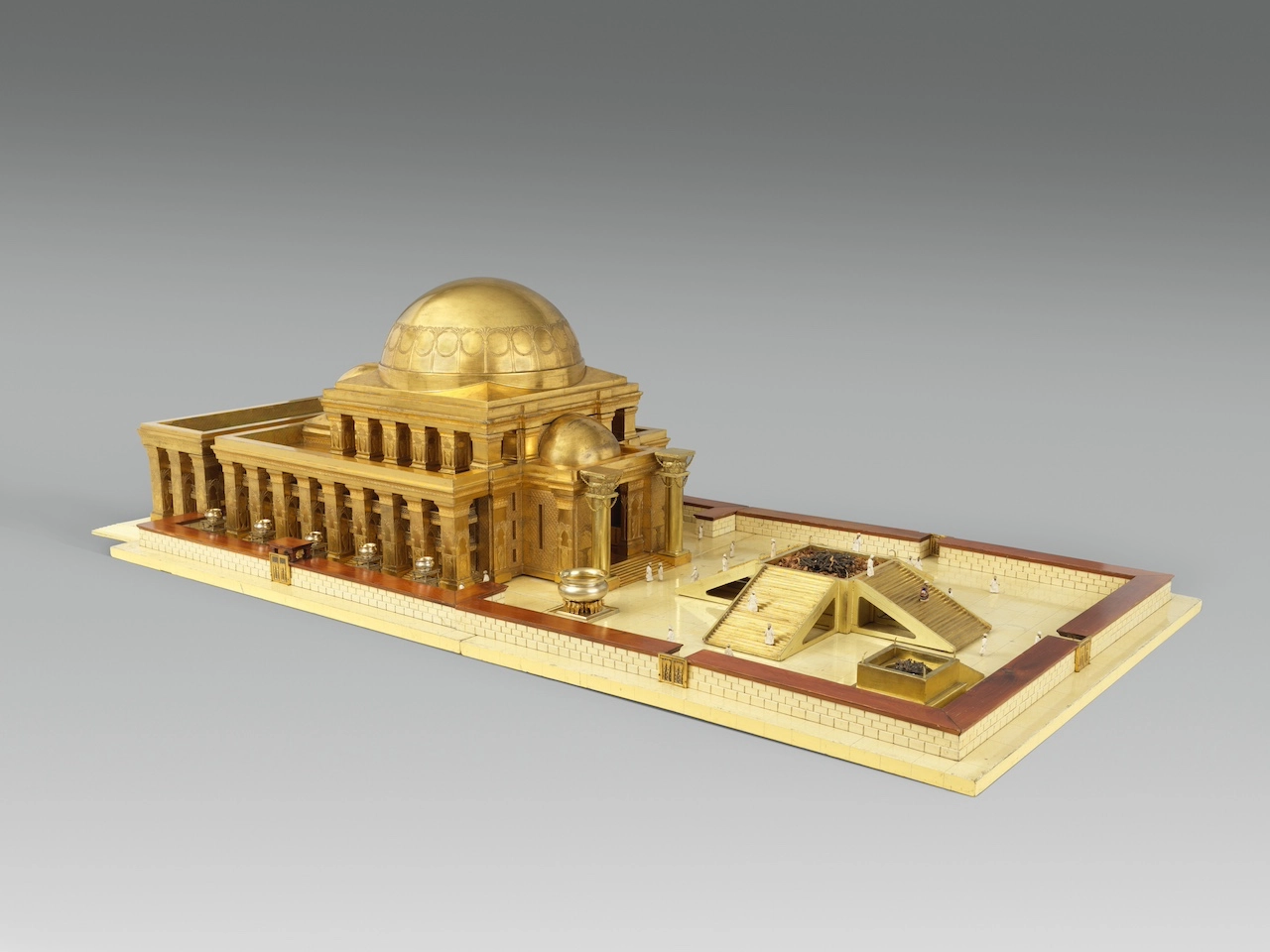The construction of Solomon's Temple, also known as the First Temple, stands as a pivotal moment in biblical history, reflecting the zenith of Israel's prosperity and the fulfillment of David's dream. As we embark on an exploration of Solomon's Temple, we unveil the architectural marvels that defined this sacred edifice.
I. Historical Context: A Vision Fulfilled
King Solomon, the son of David, ascended to the throne with a vision to build a permanent dwelling place for the Ark of the Covenant and a central sanctuary for Israel's worship. This vision materialized in the form of Solomon's Temple, which would become a symbol of the nation's spiritual centrality.
II. Divine Blueprint: David's Preparations
Before Solomon could begin the construction, his father David made extensive preparations. He gathered materials, including cedar wood from Lebanon, gold from Ophir, and skilled craftsmen. David's meticulous preparations set the stage for the grandeur that would characterize Solomon's Temple.
III. Architectural Grandeur: The Design of the Temple
The design of Solomon's Temple reflected divine inspiration. The architectural plans incorporated intricate details, mirroring heavenly patterns. The temple complex consisted of the main sanctuary, the Holy of Holies, and surrounding courtyards. The exterior was adorned with fine materials, including cedar paneling and gold embellishments.
IV. Construction: A Marvel of Engineering
The construction of Solomon's Temple was a feat of engineering prowess. The biblical account describes the use of massive stones, carefully hewn and fitted together without the sound of hammers or chisels on-site. The precision of construction added to the sense of divine craftsmanship.
V. Artistic Mastery: The Work of Hiram
Hiram of Tyre, a skilled craftsman, played a crucial role in the temple's construction. He worked alongside Israelite artisans to create intricate carvings, molten sea, and other artistic elements. The collaboration between Hiram and the Israelite craftsmen contributed to the artistic mastery of the temple.
VI. The Ark of the Covenant: Holy of Holies
The Holy of Holies housed the Ark of the Covenant, representing the very presence of God. The construction of this inner sanctum was a sacred task, and its significance in Israelite worship cannot be overstated. The mercy seat, adorned with cherubim, symbolized the divine throne.
VII. Dedication and Divine Glory: A Culmination
The completion of Solomon's Temple was marked by a magnificent dedication ceremony. As Solomon prayed, the glory of the Lord filled the temple, signifying divine approval. The dedication was a profound moment, acknowledging God's presence among His people.
VIII. Legacy and Destruction: The Fate of Solomon's Temple
Solomon's Temple became a symbol of Israel's spiritual and material prosperity. However, the temple's fate took a tragic turn. Following centuries of worship and historical events, including Babylonian invasions, the temple was ultimately destroyed in 586 BCE—a pivotal event in Jewish history.
IX. Contemporary Reflections: Symbolism and Legacy
The legacy of Solomon's Temple endures through its symbolism and influence on subsequent religious architecture. The reverence for sacred spaces, the pursuit of artistic excellence in worship, and the understanding of God's dwelling among His people all find roots in the narrative of Solomon's Temple.
X. A Testament to Divine Splendor
Solomon's Temple stands not only as an architectural marvel of antiquity but as a testament to the divine splendor sought by a king's vision and realized through skilled craftsmanship. Its story, woven into the fabric of biblical narrative, continues to inspire reflections on the intersection of human creativity, divine inspiration, and the enduring quest for a sacred dwelling place. In unveiling the architectural marvels of Solomon's Temple, we glimpse a vision of the divine that transcends the boundaries of time and continues to resonate in the tapestry of religious heritage.




